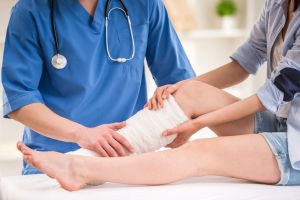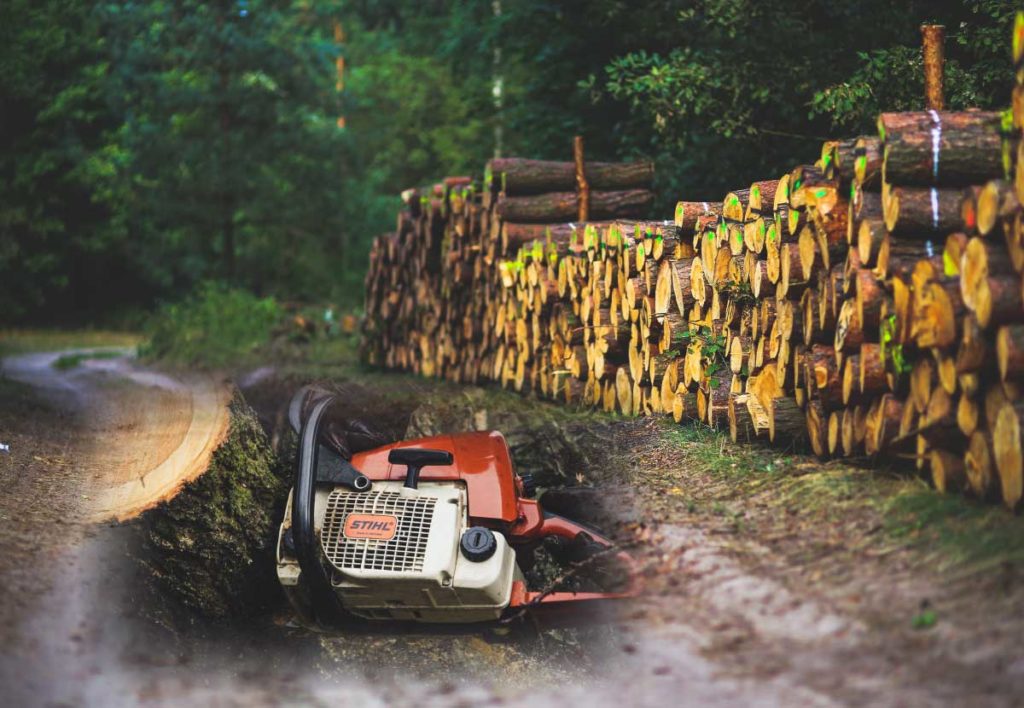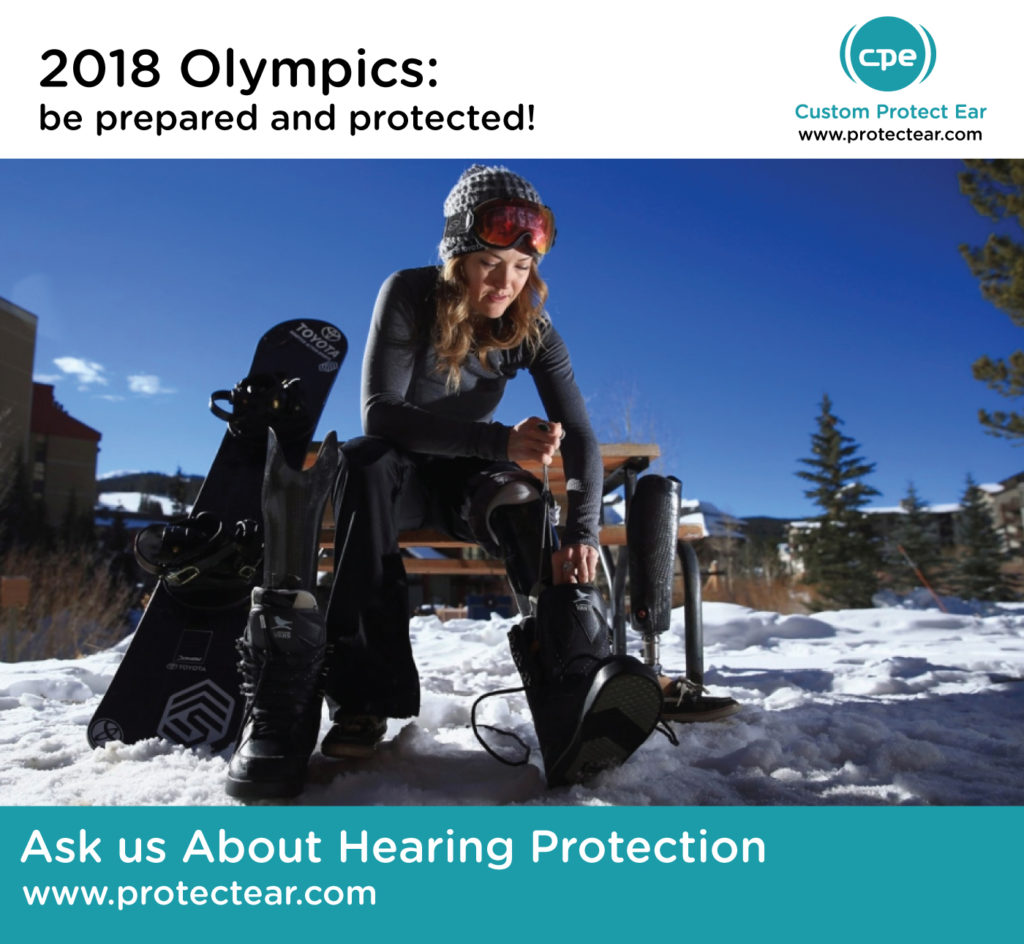Noise-related hearing loss is one of the most common occupational hazards affecting 25% of US workers. It’s the third most prevalent chronic condition in older adults and the most widespread disability. Repetitive, excessive noise is the main contributor to long-term hearing problems. It’s also a dangerous distraction, one that can cause other, more immediate and serious workplace accidents.
In response, many businesses use disposable earplugs to protect their employee’s hearing.
But if the earplugs don’t fit properly…
- are uncomfortable
- or prevent the employee from communicating
- they may leave the employee’s hearing at risk.
Custom Protect Ear’s Mission is to eliminate Noise-Induced Hearing Loss. Our dB Blockers address all these issues to deliver three key benefits. First, dB Blockers are extremely comfortable – which means people are willing to wear them, for their entire shift. Second, people wearing dB Blockers hear each other better – which improves workplace safety, communication and productivity. And third, dB Blockers are more cost-effective than disposable hearing protectors, so you pay less for a better product.
CHECK OUT OUR VIDEO ON NOISE RELATED HEARING LOSS
How do we do it? We focus only on custom hearing protection
It starts with more than 40 years of research and development in hearing loss prevention.
That dedication has enabled us to make significant technological advancements in hearing protection, earn ISO 9001 certification and deliver a complete portfolio of products to more than 4500 international businesses in a broad range of industries. One of the keys is our custom-fit program, available throughout North America and internationally.
All dB Blockers are custom-fit to each user’s ear.
They’re also made from a super-soft, medical-grade SkinSoft silicone. This makes them exceptionally comfortable while providing a perfect seal, for excellent hearing protection. An exact fit also means dB Blockers provide excellent noise protection while eliminating itching… painful pressure points…and the need to wear bulky ear muffs. And, they come in a wide range of models, so you can choose the dB Blockers that match your workplace needs. You can also use the serial number to order a pair of dB Blockers for home, sleeping, swimming, or listening to music.
In addition to being extremely comfortable, dB Blockers are technologically advanced. Every pair of vented dB Blockers employs our proprietary “FT filters”. These work to block out background noise, while honing in on the frequency range of the human voice. As a result, people can hear each other better with dB Blockers, than without them.
People working in noise also prefer dB Blockers because they can be connected to numerous communication devices, including
- two-way radios
- Bluetooth cell phones and
- other audio components and devices.
Since employees don’t have to remove dB blockers to communicate with co-workers Or while talking on the phone or radio, their hearing is protected for an entire shift.
Finally, because dB Blockers can be worn for years, they provide significant cost savings over disposables.
That means you’ll save money while increasing compliance…
- improving workplace safety…
- enhancing communications…
- and boosting productivity.
Smart, right?
Custom Protect Ear, the North American Leader in industrial, custom hearing protection.
Because when you think about it, everything else… is just noise.

 Their goal is to remind people that hearing issues can be a health risk, Mahboubi said. “We would recommend that people who think they have at least some degree of hearing loss have it checked out by a doctor.”
Their goal is to remind people that hearing issues can be a health risk, Mahboubi said. “We would recommend that people who think they have at least some degree of hearing loss have it checked out by a doctor.”









